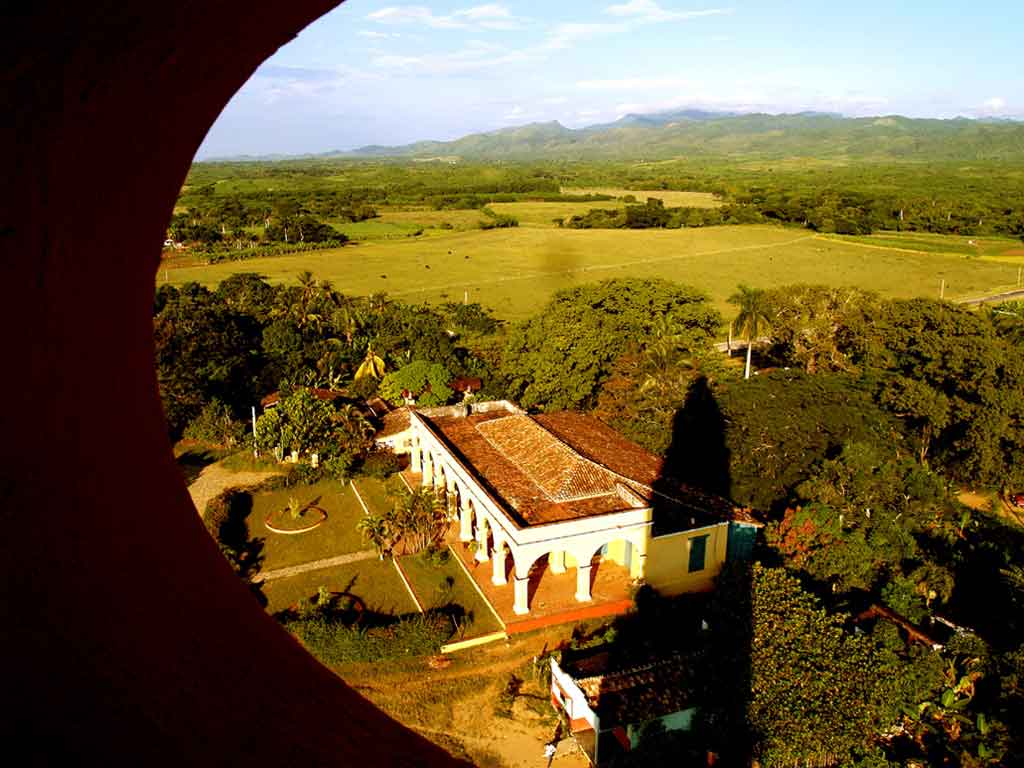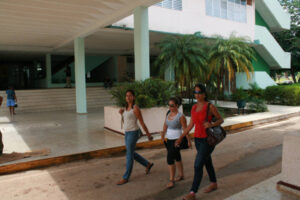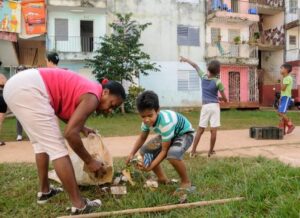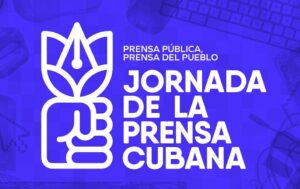The conquistador Diego Velázquez arrived by the Guaurabo River from the port of Jagua in January 1514 and founded La Trinidad, which today celebrates 510 years since its founding.
Its first settlement, according to documents of the time, was in the cacicazgo of Jagua (Cienfuegos) where the scarce natural resources motivated its transfer to the banks of the river with an abundance of gold and greater indigenous labor force.
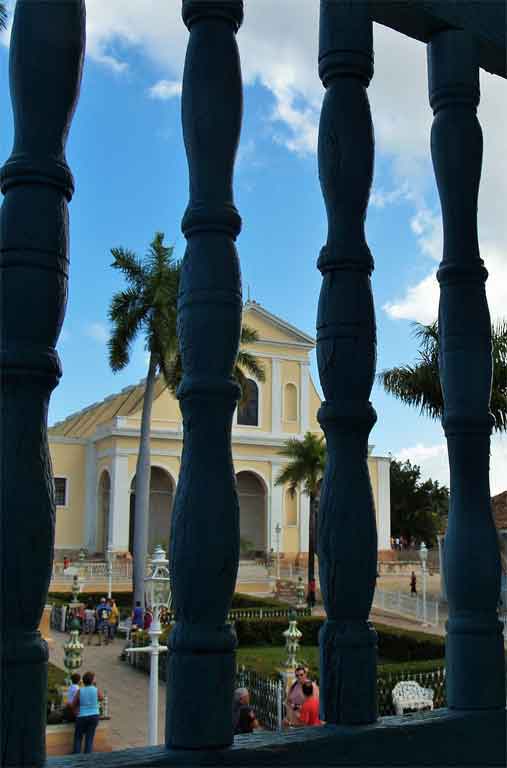
In the opinion of the official historian of the third Cuban village Carlos Joaquín Zerquera (1926-2009), in a short time, perhaps five years, the village grew and a hundred Spaniards subdued the natives in the extraction of wealth, agriculture and cattle raising.
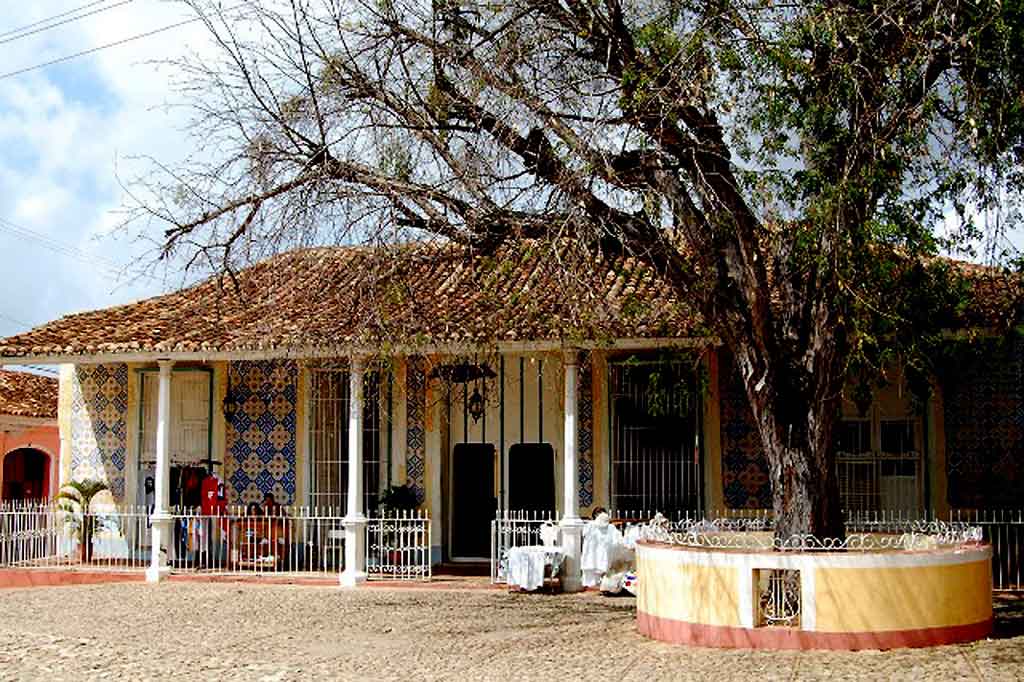
The natives practiced gathering, hunting, fishing, as well as worked the land and had a very rudimentary pottery, using shell artifacts, basically as ornaments.
From texts preserved in the Archives of India, Spain, explained the lawyer, it is known that this area next to the sea was of ample and copious forests, and on the edges of the river grew the caña brava -pito or bamboo- with a wide diversity of birds, he said.
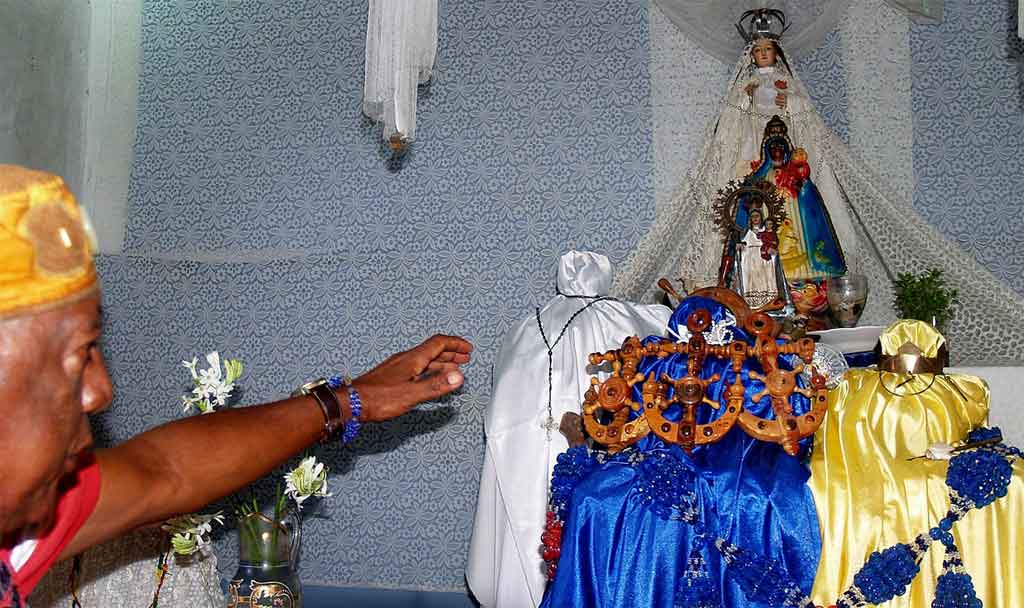
Very little time remained in this place the hosts of Velázquez when they chose more to the east the current site of La Trinidad, which they called Manzanilla, for its healthy condition, its clear sky and its pure and soft air, said Zerquera.
Some texts of the locality gather this moment and affirm that the Franciscan priest Fray Juan de Tesín, officiated a mass on December 25, 1514, under a jigüe in the center of the small community.
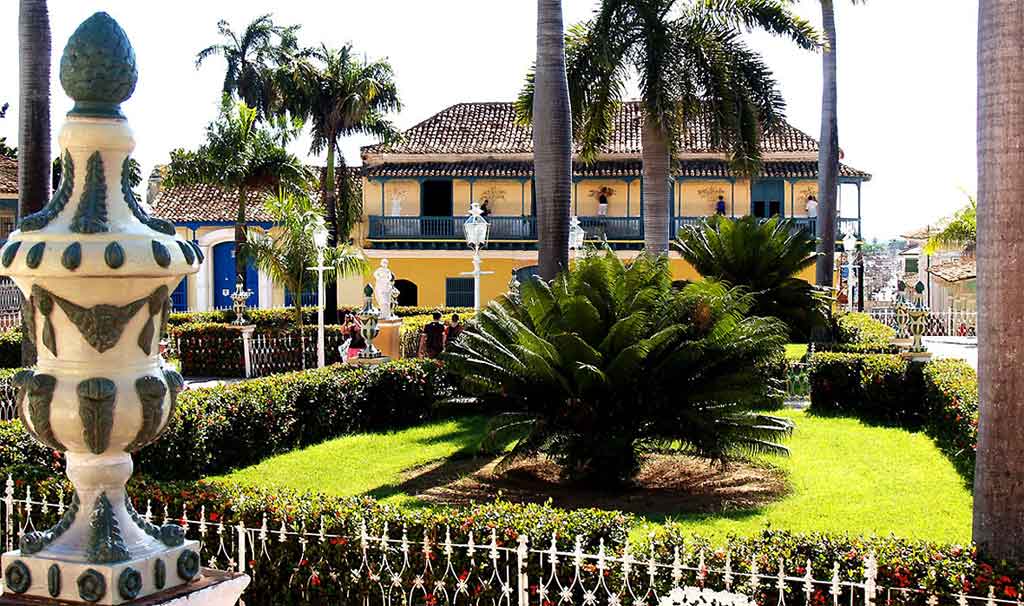
However, the foundational mass even without knowing the exact date was in charge of Fray Bartolomé de las Casas, who for his denunciations of mistreatment suffered by the natives earned the recognition as Defender of the Indians.
With time, the riches diminished and the golden mines came to an end, leading the colonizers to new adventures from this point of Cuba, the most promising being the conquest of Mexico, which provoked the greatest exodus of Indians (forced) and Spaniards.
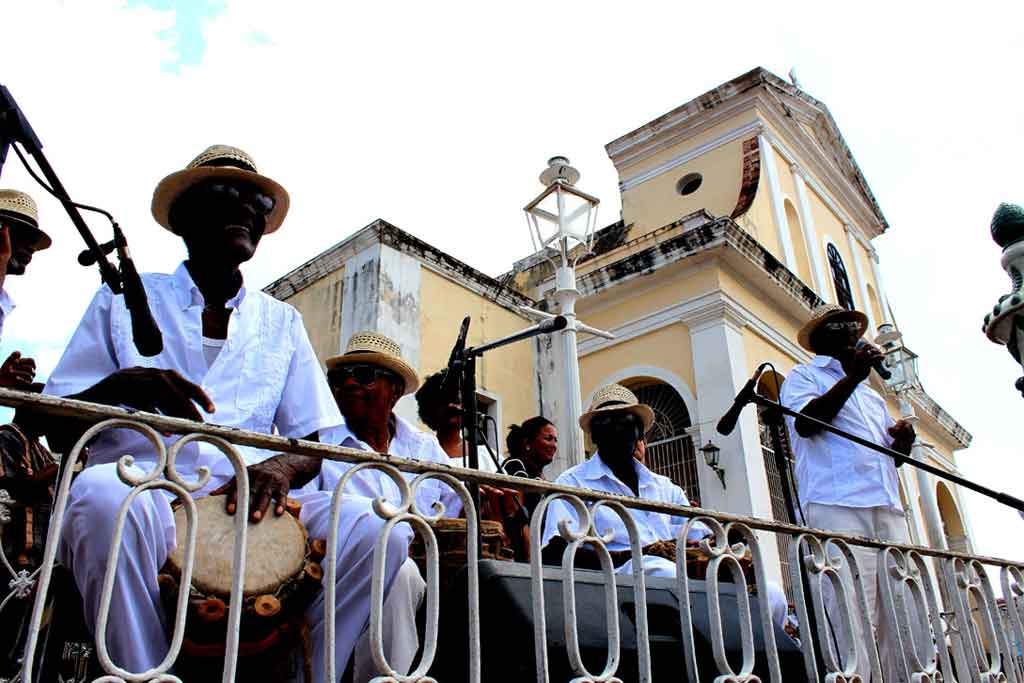
Among the Iberian settlers in the town who achieved fame for their conquests are: Juan de Grijalba (tried to take Mexico), Francisco Hernandez de Cordoba (discoverer of Yucatan), Bernal Diaz del Castillo (chronicler of New Spain) and the brothers Pedro, Diego and Alonso de Alvarado (explorers of Guatemala and Peru).
Another relevant event brought back the rebirth of the third Cuban town and its surroundings, the sugar boom of the second half of the 18th century and the first half of the 19th century.
This period saw the growth of capitals, squares, churches, theaters and cobblestone streets, along with sumptuous palaces such as those of Brunet, Bécquer, Cantero, Iznaga and Borrell.
The sugar industry in the Valle de los Ingenios (Sugar Mill Valley) was supplied with African slaves, in a little more than a century the black population in the town was 1,207 people and in 1740 there were 5,234 reported to have been subjected to servitude.
In its more than five centuries, the love of its inhabitants and the permanent vigilance of its heritage have managed to save and keep alive a city-museum recognized among the best preserved in Latin America.
Every event in its time is reason enough to defend every moment of the Museum City of the Caribbean, Cultural Heritage of Humanity with the Valle de los Ingenios, said Tania Gutiérrez, president of the Municipal Assembly of People’s Power to Prensa Latina (Government).

